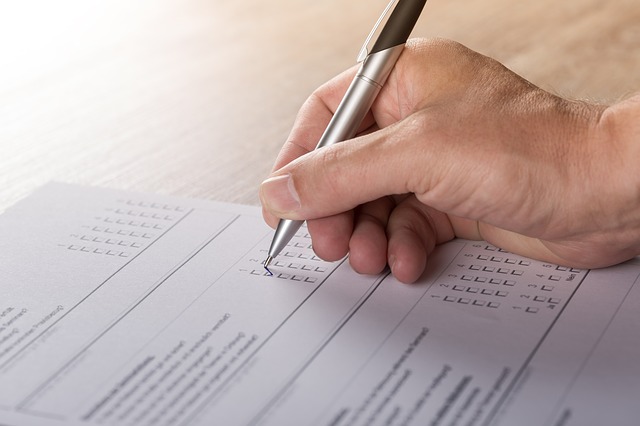Conducting on-site consumer exit surveys provides rates of consumer impact immediately following the event experience. Sometimes, however, clients ask us how we can measure impact well after the event has ended. In these cases, we may consider recommending what we refer to as a post-event survey.
Post-event surveys can be a very appealing way to show the effectiveness of an experiential marketing campaign. Being able to say “X% of consumers actually purchased a product three months after experiencing our event” seems like you’ve won the proverbial golden ticket.
However, post-event research is not a universal approach that can (or should) be applied to every experiential campaign’s measurement strategy. If you are grappling with whether a post-event survey is appropriate for your campaign, consider three things:
- The size of your campaign.
- Your ability to offer incentives.
- The timeframe with which you expect to see and maintain an impact.
SIZE MATTERS
Post-event survey response rates tend to be low, on average, we see a 4% to 6% response rate. This means that for every 100 consumers invited to participate, we expect 4 to 6 to actually respond. Therefore, post-event surveys tend to be most effective when they are used as part of a large, on-going campaign.
The most successful and meaningful post-event surveys we conduct are for national programs that last 6-12 months. We conduct the on-site survey on a continual basis, which allows for a large pool of potential post-event respondents.
INCENTIVES GO A LONG WAY
Incentives should be included. Offering an incentive can boost the response rate. Our response rates increase slightly to 5% to 8% (and in a few cases, they are as high as 10%). As a standard practice, we enter all post-event respondents in to a prize drawing for an Amazon gift card. While this type of incentive has a practical function (it easily fits into most research budgets), it also communicates to the consumer that we value his or her time.
TIME IS OF THE ESSENCE
Time erodes recall and willingness to participate. We usually send post-event surveys to consumers anywhere from one to three months after their event experience. We have found that going beyond that can allow response rates to dwindle down to nothing. This isn’t to say that the event hasn’t made an impact on the consumer, but the further removed he or she is from the event experience, the less likely he or she will be to engage, even if it was a positive experience.
There are other ways, beyond the traditional post-event survey, to determine the degree to which your event influenced consumers’ perceptions and behaviors. For example, in-depth interviews with consumers and sales data analyses are two viable options that we have seen work well, both as standalone research solutions and as compliments to on-site surveys.


